

Marc PRÉEL
Sun, December 5, 2021,
The world's biggest weapons manufacturers largely avoided the economic downturn caused by Covid-19 and recorded a growth in profits last year for the sixth year in a row, according to a report published on Monday.
Governments around the world have continued to buy arms during the pandemic and some also passed measures to help their big weapons firms, according to the Stockholm International Peace Research Institute (SIPRI).
Overall, the 100 top weapons firms saw their profits rise by 1.3 percent on 2019 to a record $531 billion, despite the global economy contracting by more than three percent.
"Military manufacturers were largely shielded by sustained government demand for military goods and services," said SIPRI researcher Alexandra Marksteiner in the institute's annual assessment of arms companies.
"In much of the world, military spending grew and some governments even accelerated payments to the arms industry in order to mitigate the impact of the Covid-19 crisis."
The top five arms firms were all from the United States, Lockheed-Martin -- which counts F-35 fighter jets and various types of missiles among its bestsellers -- consolidating its first place with sales of $58.2 billion.
Britain's BAE Systems, in sixth position, was the highest-placed European firm, just ahead of three Chinese groups.
- Rise of China -
"The rise of China as a major arms producer has been driven by its aim to become more self-reliant in weapons production and by the implementation of ambitious modernisation programmes," the report said.
While China's arms sales have expanded, they still lag US and British firms, accounting for a total of 13 percent of the top 100 arms sales in 2020.
Sales by the five Chinese firms in the top 100 totalled an estimated $66.8 billion in 2020, up 1.5 percent on the previous year.
"In recent years, Chinese arms companies have benefited from the country's military modernisation programmes and focus on military–civil fusion," SIPRI senior researcher Nan Tian said.
"They have become some of the most advanced military technology producers in the world."
Of the top-producing countries, only France and Russia saw their firms' sales decline last year.
The institute said the firms had benefited from the broad injection of cash into economies, as well as specific measures designed to help arms companies such as accelerated payments or order schedules.
And as military contracts usually span several years, firms were able to make gains before the health crisis took hold.
"However, despite these and other factors, global arms production was not fully immune to the impact of the pandemic," the report said, pointing to France's Thales which blamed a 5.8 percent fall in arms sales on lockdown disruptions.
The report highlighted that the rate of increase in profits had slowed substantially between 2019 and 2020, and noted that measures taken to halt the spread of the virus had disrupted supply chains in the weapons industry just as they had across the wider economy.
SIPRI: Global arms industry flourishing despite COVID
A $531-billion business: The new SIPRI report shows that the world's top 100 arms producers have continued to increase sales — even in the pandemic year of 2020 and despite the global economy contracting.
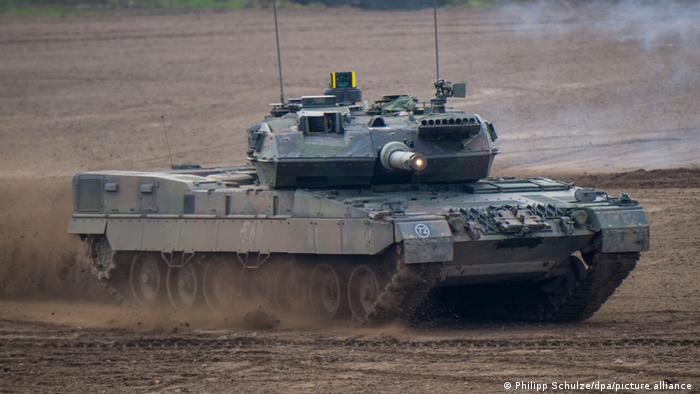
Arms sales by German companies went up 1.3% in 2020, says SIPRI
Lockdowns, crumbling supply chains, jittery consumers: The COVID-19 pandemic has brought about massive economic slumps around the world. One sector, however, has proved immune to the virus: the arms industry. This is confirmed by the latest report on the world's 100 largest arms manufacturers by the Stockholm International Peace Research Institute (SIPRI).
SIPRI researcher Alexandra Marksteiner told DW that she was especially surprised by the data from 2020, the first year of the pandemic: "Even though the IMF put global economic contraction at 3.1%, we saw that the arms sales of these top 100 companies increased nonetheless — we saw an overall increase of 1.3%."
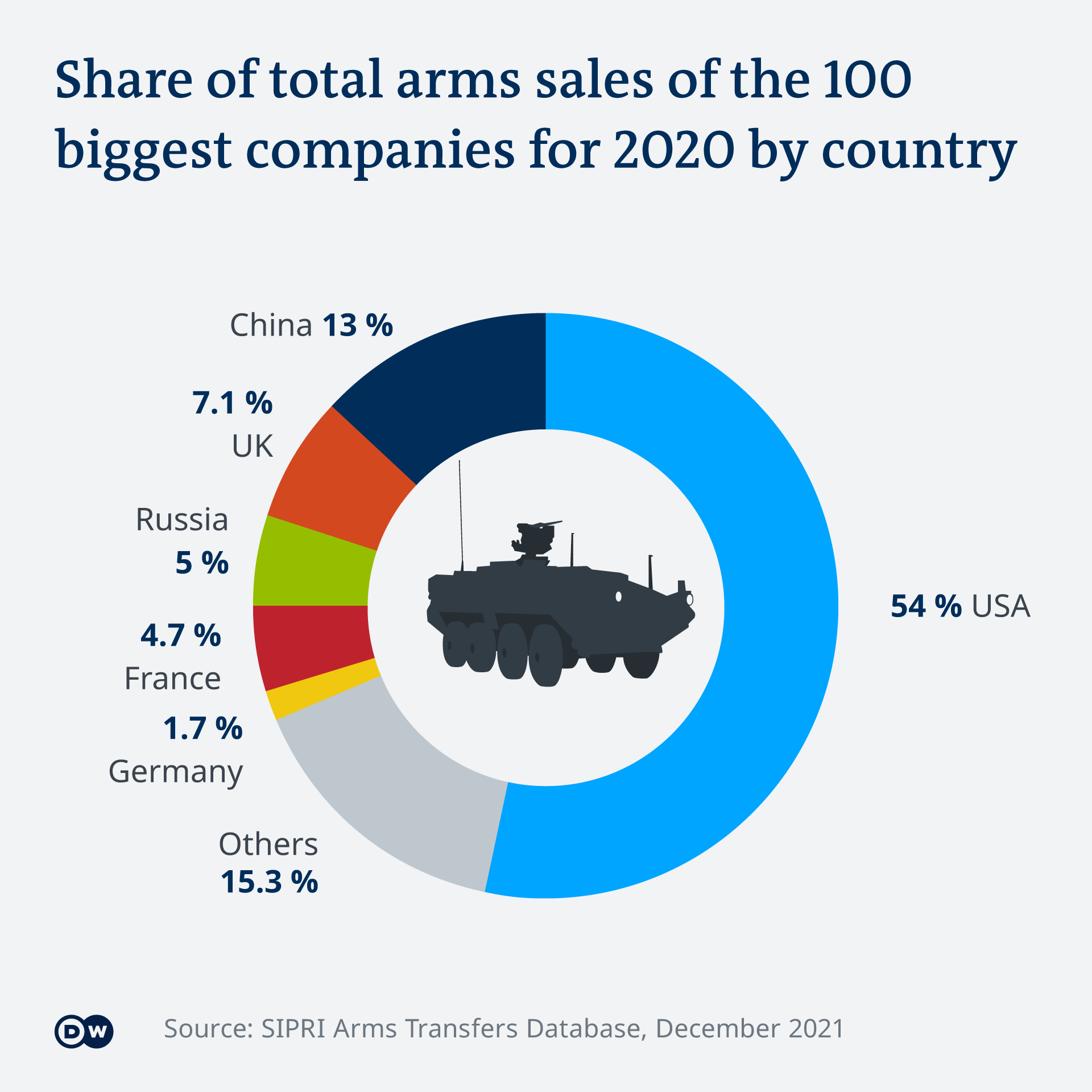
The sales of the top 100 arms manufacturers totalled $531 billion (€469 billion) in 2020, more than the economic output of Belgium. Some 54% of this was accounted for by the 41 US companies in SIPRI's top 100. The main companies in the industry are US-based: Lockheed Martin alone sold more than $58 billion worth of weapons systems last year — a sum bigger than the GDP of Lithuania.
Effective lobbying
Companies that big also wield political power. Markus Bayer, a political scientist at the Bonn International Centre for Conflict Studies (BICC), says arms companies are deliberately exerting influence. He quotes a report by the US NGO Open Secrets: "Defense companies spend millions every year lobbying politicians and donating to their campaigns. In the past two decades, their extensive network of lobbyists and donors have directed $285 million in campaign contributions and $2.5 billion in lobbying spending to influence defense policy."
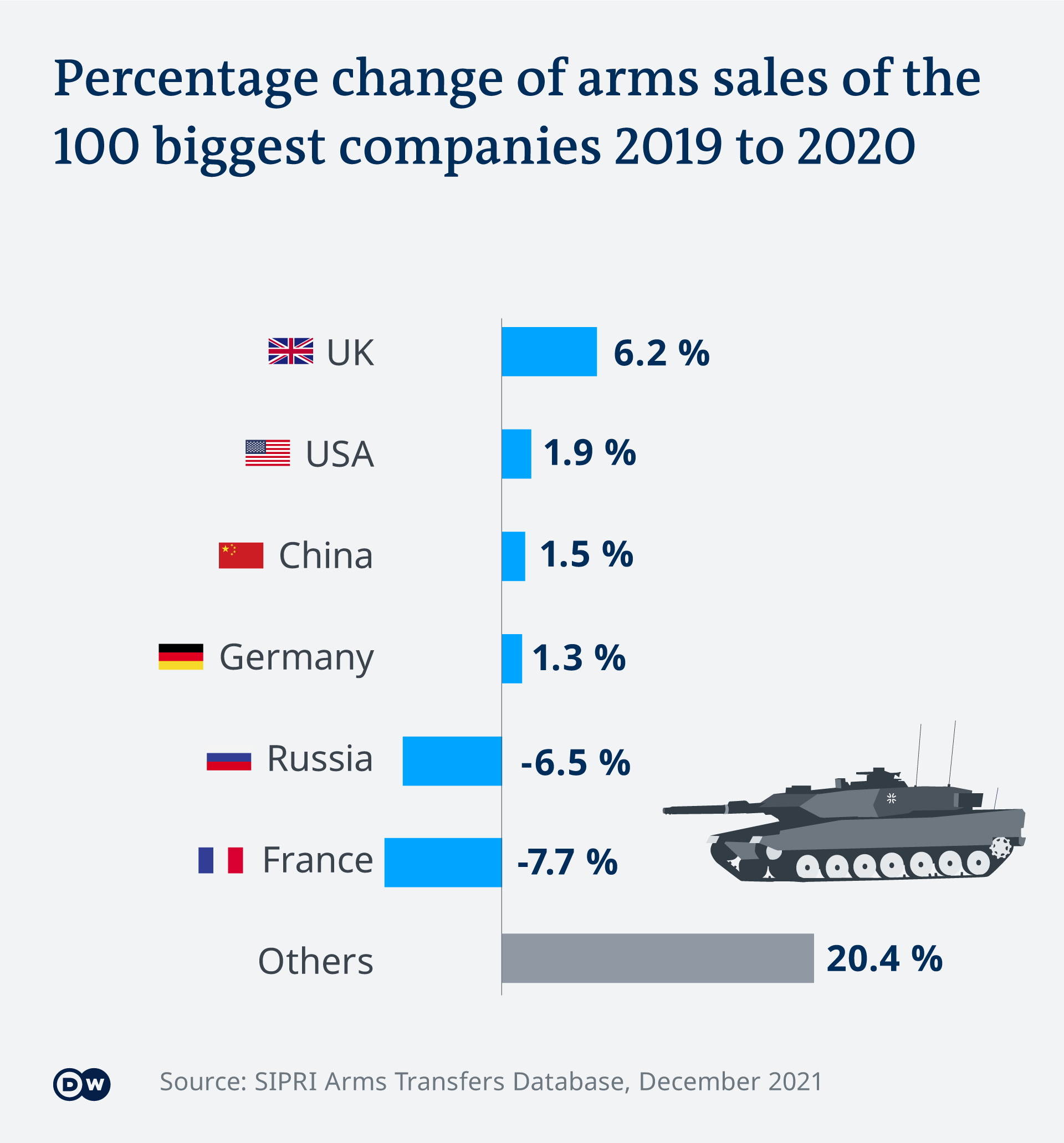
And for the arms manufacturing giants, the spending appears to pay off. Alexandra Marksteiner explains that the US Department of Defense provided targeted support for the arms industry during the pandemic. "For example, they made sure that employees of defense companies were largely exempted from stay-at-home orders. On the other hand, there were some orders that were set up so that funds could be transferred to the companies a bit earlier, ahead of schedule, so that they would have a bit of a buffer."
Big Asian players
Simone Wisotzki has also examined SIPRI's new figures. An arms control expert at the Peace Research Institute Frankfurt (PRIF), she was especially struck by "the fact that arms companies from the Global South are becoming increasingly important." Wisotzki mentions India in particular: It has three companies in the top 100, whose combined sales total 1.2% — on a par with South Korea.
However, there are far more weapons leaving the factories of India's northern neighbor, China. SIPRI has been including Chinese companies in its studies since 2015, despite the many problems with transparency. China's five companies on the list are benefiting from the Chinese military's modernization program, and their shipments now account for 13% of the top 100's sales.

Wisotzki says India has not signed up to the international
arms agreement
Looking at the Chinese entries, Marksteiner notes that "these companies are capitalizing on what is called military-civilian fusion," citing the largest Chinese arms conglomerate as an example: "There was a satellite system that NORINCO co-developed, and it makes quite a bit of revenue from that, and it's used both for military and civilian purposes."
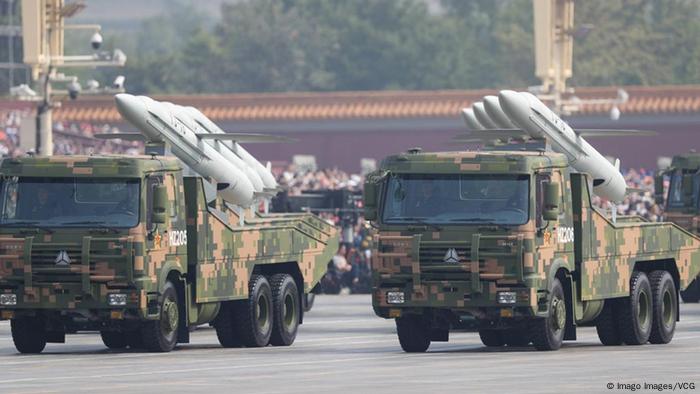
China has been modernizing its military
Militarized information technology
Simone Wisotzki also notes that the boundary between civil and military technologies is becoming increasingly blurred. "Information technology can no longer be separated from weapons technology," she says. In its new report, SIPRI specifically looks at the growing role tech companies play in the arms business.
Marksteiner emphasizes that, if you want a clear picture of the arms industry, "you can't just talk about traditional players like Lockheed Martin." SIPRI says that, in recent years, some Silicon Valley giants like Google, Microsoft and Oracle have sought to deepen their involvement in the arms business and have been rewarded with lucrative contracts.
SIPRI gives the example of a deal between Microsoft and the US Department of Defense worth $22 billion. The company has been contracted to supply the US Army with a type of super-glasses, called the Integrated Visual Augmentation System, which will provide soldiers with real-time strategic information about the battlefield.
The US military's interest in Silicon Valley is easy to explain. "They realize that, in these new enabling technologies, be it artificial intelligence or machine learning or cloud computing, these Silicon Valley companies' expertise is far beyond what you would see from traditional arms industry players," says Marksteiner. "There is a chance that some of these companies will actually end up entering the [SIPRI] top 100."
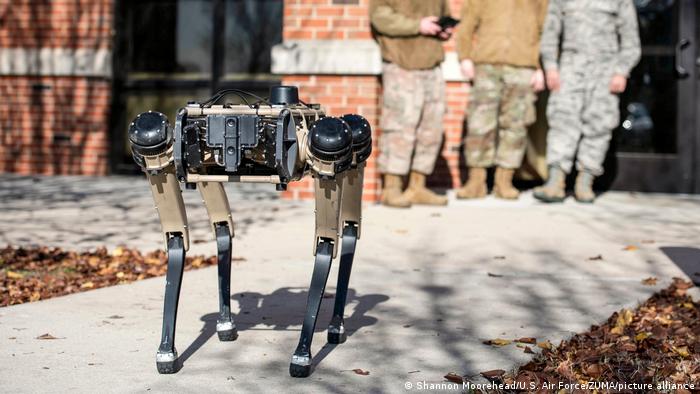
The line between technology for civilian use and miltary use is becoming increasingly blurred
Russia is falling behind
Along with France, the biggest drop in arms sales was recorded by Russia. The nine Russian companies on the list sold 6.5% fewer weapons last year than in 2019. The BICC's Markus Bayer believes this drop, to just 5% of the top 100's total sales, is directly related to India and China having developed arms factories of their own. Both countries were previously big buyers of Russian armaments.
Bayer cites the example of aircraft carriers. The first Chinese carrier was based on a Soviet-built ship purchased by Beijing in 1998. The Chinese carrier, named Liaoning, came into service in 2012.
A lot has happened since then, says Bayer. "In the last 20 years, China has not just caught up with Russia in terms of aircraft carrier production capabilities, it's overtaken it. Russia hasn't put a single aircraft carrier into service in that time. And now India has developed its own carrier as well, based on what was originally Soviet technology."
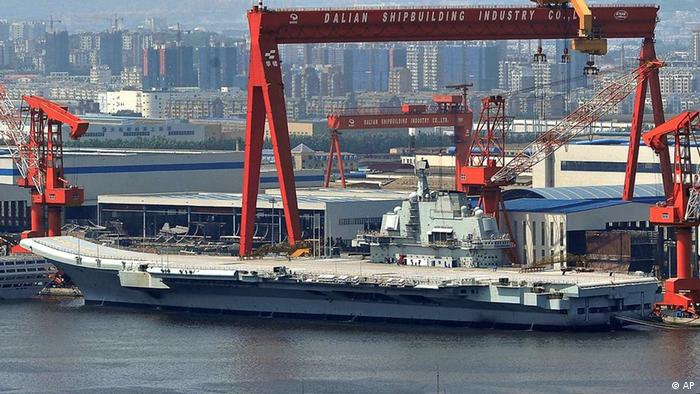
The Soviet aircraft carrier Warjag turned into the Chinese vessel Liaoning
Where does Europe stand?
The European arms industry has a combined 21% of the top 100's sales on its books. In 2020, the 26 European companies listed sold $109 billion worth of weapons. The four wholly German arms companies accounted for just under $9 billion of this total.
There are also trans-European companies like Airbus, which handled arms deals worth almost €12 billion — 5% more than in 2019. Europe is increasingly relying on joint ventures like these. Markus Bayer explains: "Europe is now trying, by political means, to expedite such cooperative ventures for the development of a 'Next Generation Weapon System,' the 'Future Combat Air System,' or the 'Main Ground Combat System,' so it can bear the high development costs for new systems like these."
These joint productions certainly make sense from a cost point of view. But as far as arms export control is concerned, they can often be problematic, says Simone Wisotzki. Referring to the Eurofighter Typhoon, a fighter jet developed by Germany, Britain, Italy and Spain, the PRIF analyst comments that "it is also specifically supplied to problematic third countries, such as Saudi Arabia, which is still waging war in Yemen." National export regulations are often not applied to joint productions — and it seems that Europe is still a long way from implementing effective joint controls on arms exports.
This article was translated from German
SEE LA REVUE GAUCHE - Left Comment: Search results for PERMANENT ARMS ECONOMY (plawiuk.blogspot.com)
No comments:
Post a Comment